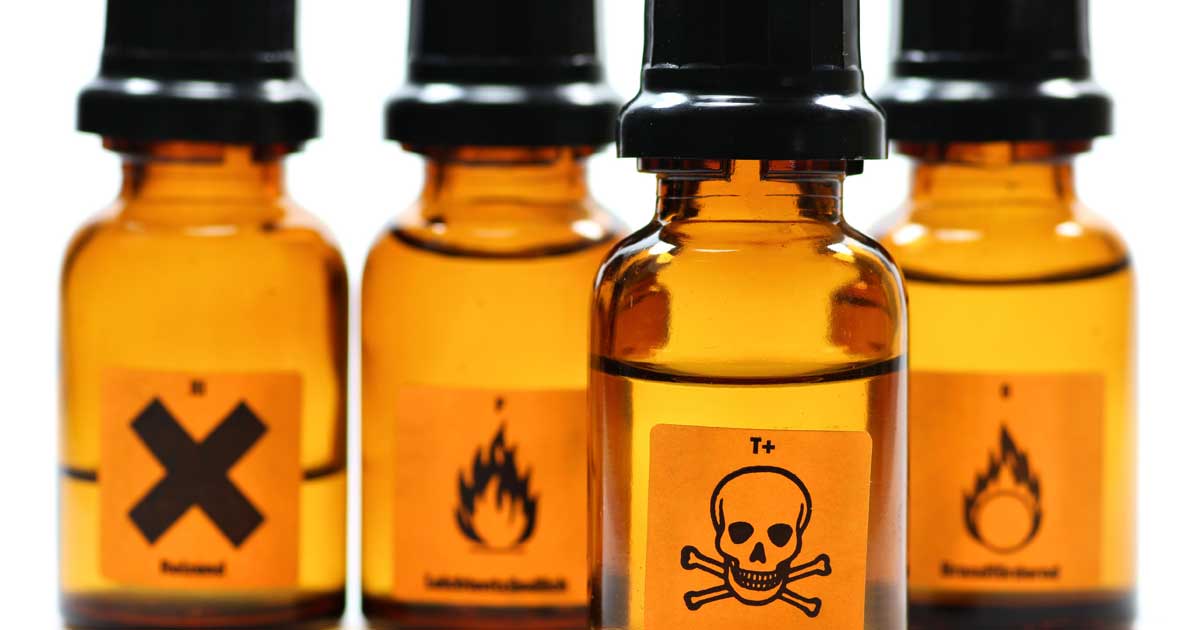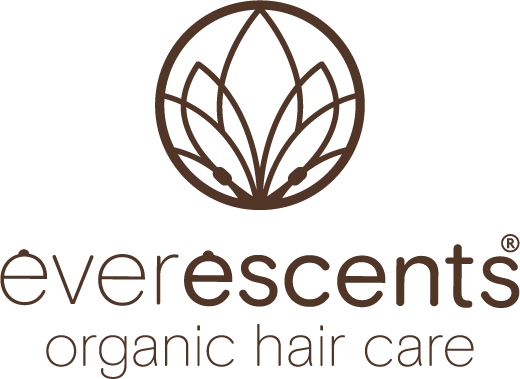I came across this Blog recently about nasty ingredients in Skin Care and thought it had some great info in it so I wanted to share it. Many of these ingredients are also used in Hair Care and even some brands claiming to be natural! EverEscents definitely does not use any of these nasties. Happy reading, Cheers Tiarna
Ever wondered what you are putting on your face? These days the labels can be very deceiving so if you don’t know what you’re looking for, you are bound to fall in the trap of buying something that says it’s good for you but really isn’t. Read on to learn what words to look for and what they are actually doing to your body!
Phenoxyethanol
We’re seeing fewer chemical preservatives, a.k.a “parabens,” on labels because consumers have become aware of the potential problems with parabens, a newer preservative, under the name “phenoxyethanol” (or ethylene glycol monophenyl ether), has emerged into conventional and even “certified organic” skin care as a safer alternative.
But is it really?
Phenoxyethanol is commonly used in a variety of skin care products ranging from facial and body cleansers to moisturizers and make up. Several studies demonstrate this preservative shows toxic effects to the body in moderate concentrations. These effects include:
- reproductive and developmental complications
- contact dermatitis (skin irritation)
- damage to the brain and nervous system
Japan recently banned the use of phenoxyethanol in all cosmetics, while most other countries have limited its use to 1% concentration.
Aluminium
Some studies have linked aluminium to Alzheimer’s disease, though recent research has cast doubt on the connection. Other studies have indicated that aluminium may be linked to breast cancer and other brain disorders. Aluminium, in the form of powder, is used in self-care products such as antiperspirant deodorants.
Aluminium is unequivocally a neurotoxin. It can cause irritation to the skin, it’s an endocrine disruptor, and it causes birth disorders in animals.
The average person will consume, absorb and/or eat three pounds of aluminium in their lifetime. Wow! Think about that next time you reach for Dove or Old Spice on the shelf.
Formaldehyde
Formaldehyde is a known human carcinogen linked to leukaemia, pancreatic and skin cancer, skin irritation, and cirrhosis. It is typically found in nail polish, eyelash glue, and hair smoothing and straightening products like the popular Brazilian Blowout treatment.
This chemical is a little more inconspicuous, meaning that it’s not often listed on a product label, but rather “released” from preservatives. These preservatives include:
- DMDM hydantoin
- Imidazolidinyl urea
- Diazolidinyl urea
- Quaternium-15
- Bronopol
- 5-Bromo-5-nitro-1
If any of these chemicals are listed on the label, avoid the product.
Dioxins
Belonging to the “dirty dozen” list of dangerous chemicals, dioxins are of high concern. Existing in the food chain as environmental pollutants, dioxins have made their way into many skin care products. Because they are persistent compounds, they linger inside of our body for long periods of time.
According to the EWG’s Skin Deep Cosmetic Database, dioxins are known endocrine disruptors, strongly linked to cancer and toxic to the organ system and human development. Dioxins will not be listed on a label, but are often contained in antibacterial agents such as triclosan, PEGs and sodium laureth sulfate.
Dioxins are also found in non-organic tampons, as most conventional cotton is genetically engineered, sprayed with pesticides, and treated with bleach.
Toluene
Toluene is often used in glues, adhesives, chemical detergents, dyes, paint and paint thinners, plastics and many other industrial substances. Why would we want that in our skin care? Look out for this chemical also hiding under the names: benzene, methylbenzene, toluol and phenylmethane. You may see it in nail polish or hair colouring products.
Triethanolamine (TEA)
There’s tea (a nice herbal blend steeped in warm water), and then there’s TEA. These two are not to be confused, and we much prefer the first.
TEA is a fragrance ingredient, pH adjuster, surfactant, and emulsifier. It’s found in soaps, hair care, lotions, make up, perfumes and sunscreens. The health concerns include cancer, organ system toxicity, allergic reactions and bioaccumulation in the skin. Animal studies also show that even at low doses applied topically, it was linked with cell mutation.
Look for it under other names like DEA and MEA on the labels, too.
Plastics
It seems that over 90% of conventional skin care products are packaged in plastic these days. If you spend all this time creating a beautiful product with organic plants, herbs and high-quality ingredients, wouldn’t you want to store it in something that protects the integrity of the formula?
Storing products in cheap plastic shows a lot about the quality of the skin care. Opt for BPA-free plastic when glass is not possible, because Bisphenol A (BPA)—the compound found in plastic—can leach into skin care products. Research has shown that BPA can be absorbed through the skin and we don’t need any more estrogen-mimicking happening in our bodies.
Glass is the best option for storing skin care, but do remember to still read the labels, as even the “top-shelf, high-end” skin care products packaged in glass are filled with chemicals.
Sometimes reading labels can be overwhelming. A general rule of thumb is that if it doesn’t roll off of the tongue easily (unless of course it’s a botanical name in Latin), and if water is listed as an ingredient (this requires a preservative to be added), then I’d swap it out for something cleaner.
Sourced From: http://www.annmariegianni.com/10-ingredients-definitely-dont-want-skin-care/
http://www.scratchmommy.com/whats-in-your-skincare-products/


